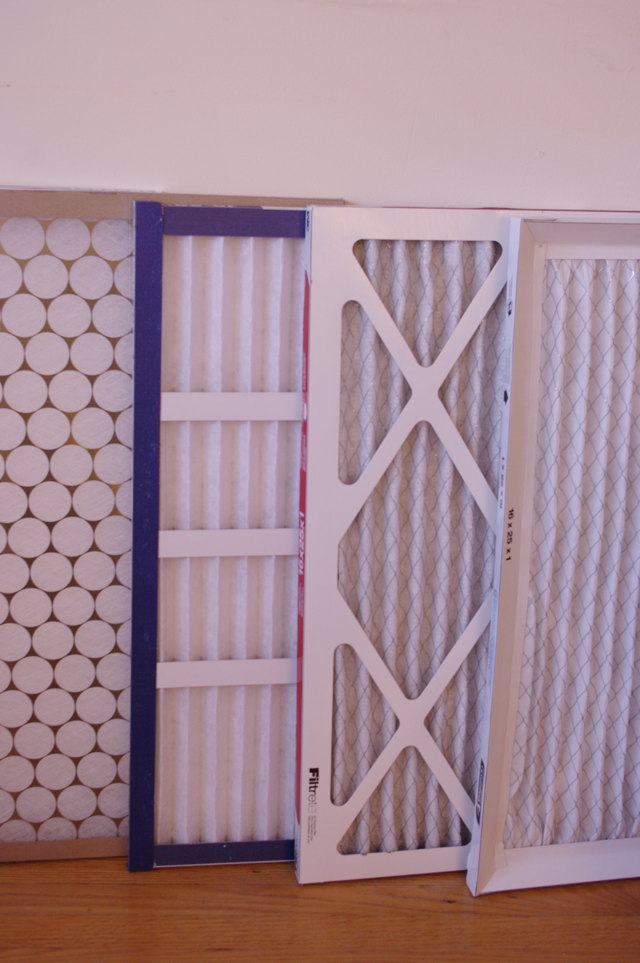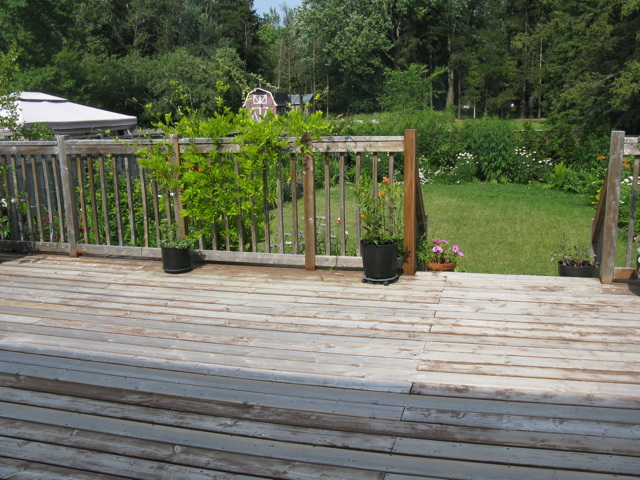You may ask yourself, do I have the technical know how to determine what is best for my HVAC system? The answer is a definite yes, it is not difficult, but will take a little bit of reading to understand how the system works.
Why you should care
Forced air HVAC systems require a cartridge “media” style furnace filter for my furnace. We know what they look like. The packaging usually says “16x25x1 or 20x25x1.” When you go to the big box store, there are so many furnace filter types and it is easy to get little overwhelmed from what seems should be a really simple choice. To complicate matters, HVAC experts can’t agree on what is the best method of filtration as there is a wide difference of opinion. I think this is attributed to the fact that a “one size fits all” solution does not really exist. Who cares honestly? Well you should, the type of filter can affect the life of your furnace, your health, and the energy efficiency of your system as a whole. It is possible that your 95% efficient furnace with a variable speed ECM motor can consume the same amount of natural gas as a 92% furnace because of poor airflow or using the wrong filter. It’s a bold statement. More often than not, the most expensive disposable filters are not necessarily the best choice for the average homeowner’s furnace. The analogy I would use is filling your car with 92 octane gasoline, when the car manufacture specifies 87 in the owners manual. Despite that many people feel 92 octane is cleaner and therefore better for their car is a misconception which is still debated to this day the same as furnace filter quality.
Who is going to cough first from poor air quality, you or your HVAC system components?
Indoor air quality needs for a person is not necessarily the same as the HVAC system component needs. Those two different needs are far too often blurred as the same requirement. Furnace components are expensive to replace. They can and sometimes do fail prematurely by getting dust trapped in the blower, heat exchanger or air-conditioning coils. This is especially the case with ECM variable speed motors in 95% efficient furnaces, as they are prone to failure if it is running at full speed for weeks at a time. This is far longer than a variable speed is designed to run. You can be surely kicking yourself for not spending only a little bit of time once in your life to learn about filters and $5 t every three months on the proper filter for your system, so listen good.
At first, I found it hard to find good information because there are a lot of useless marketing out there about your HVAC systems requirements. It is easy to get confused from what should be a simple choice to buy their product. As mentioned before, the requirement for a furnace/air-conditioning filter to function properly is not necessarily the same as the requirements that a human has to feel comfortable. What I mean by this, is your filter can be doing it’s job properly, but you may be sneezing from pet dander. Obviously in that scenario, you don’t have a good enough filter. Or in a different scenario, possibly your furnace model can be sensitive to particulate matter and running too often with high static pressure, and you are a rough and tough human being affected by the extra particulate matter in the air, and you don’t feel the difference. Just know that your requirements are not necessary the same as the furnace’s.



